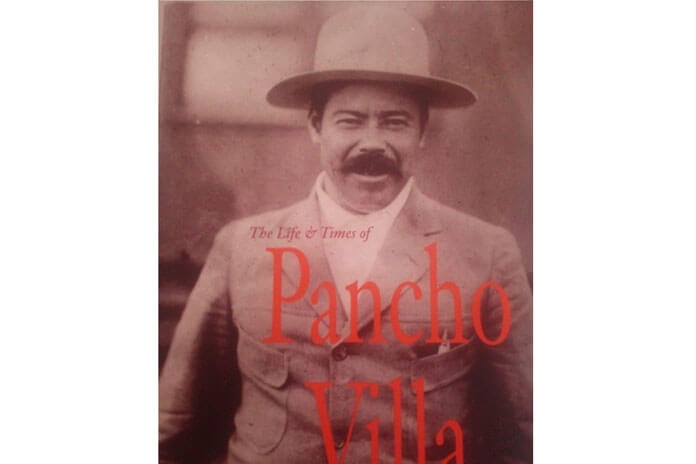There are many legends and perhaps even more interpretations of Villa’s assault on the American town of Columbus, New Mexico. It has been credited to German machinations against the United States or Villa’s belief that he had discovered a plot by Carranza to make Mexico a protectorate of the United States. With Pancho Villa almost anything is possible, but to attribute rational realpolitik to his actions is going more than a little too far. Most likely his attack on Columbus was motivated by human passion, for revenge. Before the battle of Agua Prieta, at the end of October 1915, he had told an American reporter: “The United States recognized Carranza … paying me back that way for the protection I guaranteed their citizens … I’m finished with the United States and with Americans … but, by the life of God, I can’t believe it.”
Knowing he was lost, he had again become a wild animal, just as he was before the Revolution – but now without hope and with rancor, an animal betrayed. Since the end of 1915, he had turned steadily more bloodthirsty. In San Pedro de la Cueva Villa had all the men shot en masse and with his own pistol killed the priest, who was on his knees, clinging to him and begging for mercy. In Santa Isabel his troops shot down American miners. He would later burn some victims alive and execute old men. Now as never before, he distrusted everyone. He would disappear at night, always sit with his back to the wall, never eat until one of his men first tasted all his food. He organized surveillance patrols and spy missions. The greatly reduced number of followers he had left now called him “the Old Man.” They did not lose faith in him, but they did lose their identity. If Villa was now an outlaw, what were they? Revolutionaries or bandits?
At dawn on March 9, 1916, Villa attacked the small border town of Columbus. Rafael F. Muñoz puts these quite believable words into his mouth: “The United States wants to swallow Mexico; let’s see if it doesn’t get stuck in their throat!” The assault went on till noon. There were fires, rapes, looting of banks and businesses. The attackers stole a number of guns and horses and killed some civilians. Before reinforcements could arrive to engage him, Villa galloped away, well satisfied. The land of the gringo invaders of Mexico had been invaded. He could never have considered the enormous danger he was bringing upon his country.
General John Pershing, later to become a hero of the First World War, entered Mexico in command of the “Punitive Expedition,” for the sole purpose of capturing Pancho Villa. The Carrancistas were also looking for him, with similar passion. Months passed, but Villa could not be found.
Only a few of his men knew where he was. Villa had taken a serious wound, in his right leg, during an encounter with federal troops. He was hiding, high in Chihuahua’s Sierra of Santa Ana, in the Coscomate Cave. They had trekked Villa up there on the back of a burro. Every jolt meant intense pain. Then they had raised him into the cave with ropes and covered the entrance with branches. He was there for six weeks, with a few pounds of rice and sugar. Badly set, the leg from then on would be stiff and shorter than the other. To walk evenly, Villa would have to wear a specially made shoe.
But even when he came down from the cave – a difficult and painful descent – none of his enemies found him. The Punitive Expedition, one of the most expensive hunts ever mounted for just one man, was a spectacular failure. Day after day the military report was the same: “I have the honor to inform you that Francisco Villa is everywhere and nowhere.” The experience of his nineteen years as a bandit had never proved more useful. According to Muñoz, Villa said: “No one can follow me on horseback or on foot, nor on the plains nor in the mountains. They won’t take me alive, not even with a trap … [I’m] just like the wolves.”
pgs. 328-330, MEXICO: BIOGRAPHY OF POWER (A History of Modern Mexico, 1810-1996), by Enrique Krauze (translated by Hank Heifetz), HarperCollins, 1997

